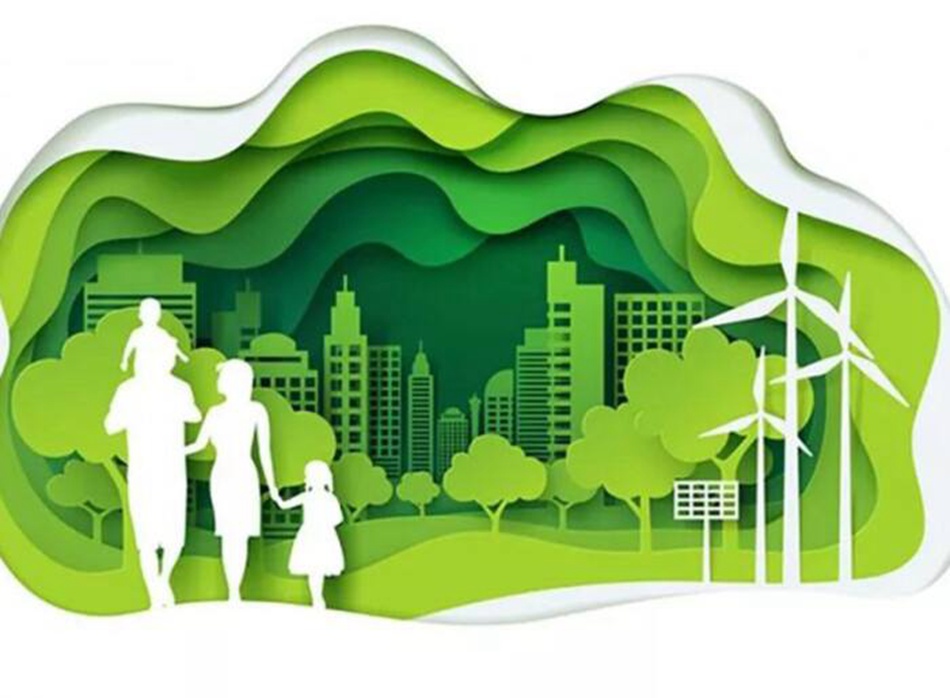- High End Gypsum Board System Solution Provider
When we discuss environmental protection, what are we discussing? Dimension reduction strike from gypsum board
It is possible that ten or twenty years ago, when we were doing interior decoration, we focused more on whether it was high-end, how many expensive materials were used, and whether the design was unique. But in recent years, the most commonly heard discussion among users is definitely about environmental protection. Before buying building materials, they don't ask about price, specifications, or style, but rather ask about environmental performance first. This seems to have become the norm. And when we discuss environmental protection, what are we really discussing? In this article, Jason's gypsum board editor will take a different perspective and discuss the breakthrough in the environmental performance of building materials in interior decoration from the perspective of the dimensionality reduction impact brought by gypsum boards.

As usual, let's start with the conclusion. Why is gypsum board a dimensionality reduction blow? Because gypsum board, as a type of board, is truly an "environmentally friendly building material", for wooden boards, it is a product from different dimensions. If alternative properties are achieved in terms of functionality, it is truly a blow to dimensionality reduction. Then we will try to analyze the advantages, disadvantages, and environmental standards of wooden boards and gypsum based boards from two aspects.

1、 Wooden board. Whether it is solid wood boards such as finger joint ecological boards or particle board, as long as the wood board has a certain amount of glue in the production process, the glue will cause a certain amount of formaldehyde release. Whether it is possible to use the formaldehyde free label depends on whether it meets the trace standard parameter requirements for formaldehyde release in the national standard. If it meets the requirements, the formaldehyde free label can be used.
What is a trace amount? The "Green Board Procurement Specification" issued by the Ministry of Commerce of China has clear standards for comparison. The E0 board environmental protection standard, which is familiar to the public, requires a formaldehyde emission level of ≤ 0.5mg/L; The level that can be marked as formaldehyde free must be ≤ 0.3mg/L. Is this comparison clear at a glance? In the future, if you want to buy wooden boards, you just need to ask the merchant to provide a testing report. If it does not reach ≤ 0.3mg/L, you cannot blindly use the formaldehyde free label, and it is not worth a high premium to achieve clear and transparent consumption.

2、 Gypsum based board. That is to say, the gypsum board used for ceiling partition walls in our understanding is just a material that can only be used for lightweight ceiling partition walls due to insufficient nail holding force of the original standard paper faced gypsum board. However, the high-performance gypsum based fiber board independently developed by Jason gypsum board has broken the original application scope of gypsum board, with nail grip strength comparable to any wooden board, and can fully replace traditional wooden base boards to achieve all functional requirements in the construction scenario of base boards.
Meanwhile, due to the fact that high-performance gypsum based fiberboard itself is still a gypsum based board with gypsum as the core material, and the raw materials and production process of gypsum board do not require the addition of any additives containing formaldehyde, this means that gypsum board itself is formaldehyde free and pure, with inherent environmental advantages.

In addition, gypsum board also has an inherent advantage that wooden boards can never match, which is its fire resistance performance. Jason's high-performance gypsum based fiberboard has a fire and combustion performance level of A1, which is non combustible. The light steel keel and gypsum board system can meet different fire protection design requirements and can achieve a fire resistance time of 4 hours, making it completely suitable for use as a flame retardant board.

Therefore, as a gypsum board that uses the by-product of environmental desulfurization gypsum supported by national policies for power generation, from the raw material process to the production and processing process, and finally to the on-site construction process, it is completely free of formaldehyde, benzene, and phosphorus. Essentially, environmentally friendly panels have been achieved, so more and more homeowners in first - and second tier cities are choosing to use gypsum boards as much as possible as materials for ceiling, partition, and base panels. They even choose "pure formaldehyde gypsum boards" with the function of adsorbing and decomposing formaldehyde to achieve higher indoor air quality standards to safeguard the health of their families. Here, Jason Gypsum Board Editor would like to run a question and recommend a non board environmentally friendly material called "Jason Lightweight Plastering Gypsum". This new building material, also independently developed by Jason, can comprehensively replace traditional cement mortar for wall plastering and rough leveling. It also does not contain glue or formaldehyde, achieving true environmental protection and formaldehyde free in essence.
(Some of the images are from the internet. If there is a possibility of infringement, please contact the editor to delete them.)
